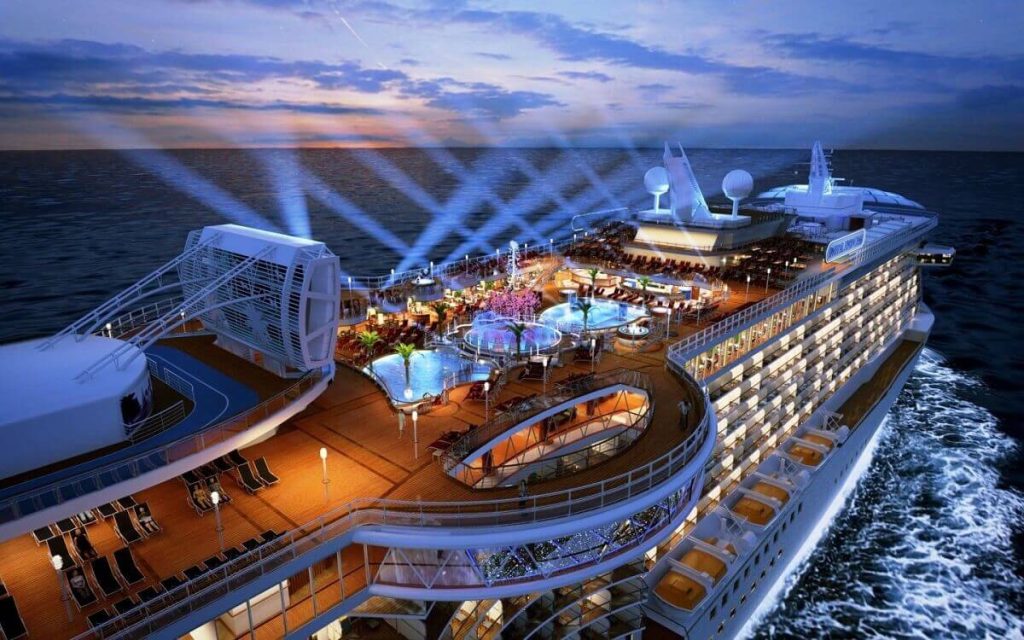From Rio's samba spectacle to Venice's masked elegance, explore 10 unique festivals that showcase human creativity, cultural diversity, and the universal spirit of celebration. Uncover…


Mogadishu, Somalia’s capital and most populated city, exemplifies the rich fabric of East African history and the perseverance of its people. For millennia, this coastal city—known locally as Xamar or Hamar—has been a hive of politics, commerce, and culture. Long a significant port, Mogadishu, on the coast of India in the Banaadir area, links traders over vast marine networks and generates the economic environment of the Horn of Africa.
The city’s origins go back thousands of years, and over time its significance has dropped gradually. From the ninth to the thirteenth centuries, Mogadishu flourished as the Sultanate’s capital and acquired major influence over the rich Indian Ocean gold trade. The foundation for the city’s long-term supremacy in regional trade and cultural interaction was this age of luxury. Mogadishu became under the authority of the Ajuran Sultanate in the 13th century when power dynamics changed, hence strengthening its role as a prominent participant in medieval Silk Road marine trade.
The height of Mogadishu’s golden age fell in the 14th and 15th centuries. With a thriving textile business drawing traders from all around, the city was regarded as the richest on the East African coast during this time. Its cosmopolitan surroundings, great architecture, and busy marketplaces mirrored its position as a major center of business and culture. Beyond trade, the city developed as a center of Islamic research and artistic expression, hence transforming the intellectual and cultural scene of the area.
Mogadishu’s fortunes started to shift as the early modern era advanced. In the 17th century the Hiraab Imamate governed over portions of southern Somalia and the city; in the 19th century the Sultanate of the Geledi acquired it. With many countries vying for control of this strategically significant port city, these changes in governance mirrored the political climate of the area.
For Mogadishu, the late nineteenth century saw a sea change as European colonial aspirations started to reshape the political landscape of Africa. With Filonardi of the Benadir Commercial Company, the local Somali leader signed a watershed agreement of peace, friendship, and protection in 1894. This agreement opened the path for more Italian involvement in the area, hence launching a convoluted period of colonial control with far-reaching effects on the growth and identity of Mogadishu.
Starting with treaties signed in the 1880s, Italian colonial control came gradually. These first agreements made it possible for Somali clans to engage in economic collaboration with the Commercial Company of Benadir, therefore facilitating more direct engagement. The Italian Empire had seized direct control of Mogadishu and its environs by 1906, launching a period of massive urban growth and infrastructure improvements that would permanently change the cityscape.
With the British Military Administration taking over Somalia, the chaotic circumstances of World War II produced still another change in Mogadishu’s government. Under UN supervision, Italy created the Trust Territory of Somaliland following this hiatus in the 1950s. These changes helped to prepare Somalia for its ultimate 1960 independence.
After gaining independence, Mogadishu became the capital of the freshly formed Somali Republic. Particularly under Siad Barre’s presidency from 1969 to 1991, the city became the center of focus for national goals and development programs. Known as the Somali Democratic Republic era, this time saw ambitious development projects and significant social changes as Mogadishu tried to make a name for itself internationally.
But the promise of a fresh start was brutally dashed as civil war erupted in 1991. For almost thirty years, Mogadishu suffered the most of the fighting; its once-grand boulevards and historic buildings were reduced to ruins. With its people scattered and infrastructure damaged, the city that had been a shining example of trade and culture for millennia was now linked with turbulence and humanitarian issues.
Still, the spirit of Mogadishu persisted through suffering. A ray of hope started to show as the new millennium dawned. The late 2010s and early 2020s signaled the start of a remarkable period of healing and renewal. Rising worldwide interest, the return of diaspora Somalis, and ambitious reconstruction projects have helped the city to flourish. Even if challenges still exist, Mogadishu is once more poised to be a major center of East African trade, culture, and innovation.
Mogadishu is at a crossroads today; its ancient tradition and modern hardships set the foundation for a bright future. The tenacious populace of the city is wary even as new businesses open their doors and cranes fill the skyline. From its origins as a medieval sultanate to its modern rebirth, Mogadishu’s story captures both the ageless appeal of this well-known port on the Indian Ocean and the resiliency of human nature.
Currency
Founded
Calling code
Population
Area
Official language
Elevation
Time zone
Officially the Federal Republic of Somalia, Somalia is a country with great historical importance and challenging modern issues. Comprising 3,333 kilometers along the Gulf of Aden and the Indian Ocean,…
From Rio's samba spectacle to Venice's masked elegance, explore 10 unique festivals that showcase human creativity, cultural diversity, and the universal spirit of celebration. Uncover…

While many of Europe's magnificent cities remain eclipsed by their more well-known counterparts, it is a treasure store of enchanted towns. From the artistic appeal…

Boat travel—especially on a cruise—offers a distinctive and all-inclusive vacation. Still, there are benefits and drawbacks to take into account, much as with any kind…

The 7 Wonders of the 21st Century feature amazing successes redefining human creativity and engineering capability. From the calm Temple of Buddha's Origin in Leshan,…

Millions of visitors come to Spain annually because of its vibrant culture, fascinating past, and amazing scenery. Still, the real spirit of Spain is found…

© All Rights Reserved. By Travel S Helper